11
Visualising One Health
I am a documentarian and storyteller and over the past decade my work has taken me to more than 50 countries. My photographs explore themes of individual identity and document stories of sentient beings. The canvas for my photography is the landscape itself – how it is used; how it is nourished, protected or neglected. This includes communicating the impact of development on communities and their response to development and research.
Preparing the photographs for One Health was an opportunity to visually respond to the breadth of topics and themes in this book. One photograph can convey many stories. Similarly, One Health research involves many disciplines with multiple stories but with one goal – to make the planet a better place for humans, animals and the environment. These photographs document some of their stories.
We must reframe our engagement with the planet and the lived environment. A One Health approach offers those working in the community, such as community development workers, communicators and researchers as well as institutions, government agencies and non-governmental organisations, the potential to try something different in partnership with the many communities seeking ways to improve their livelihoods and protect the environment.
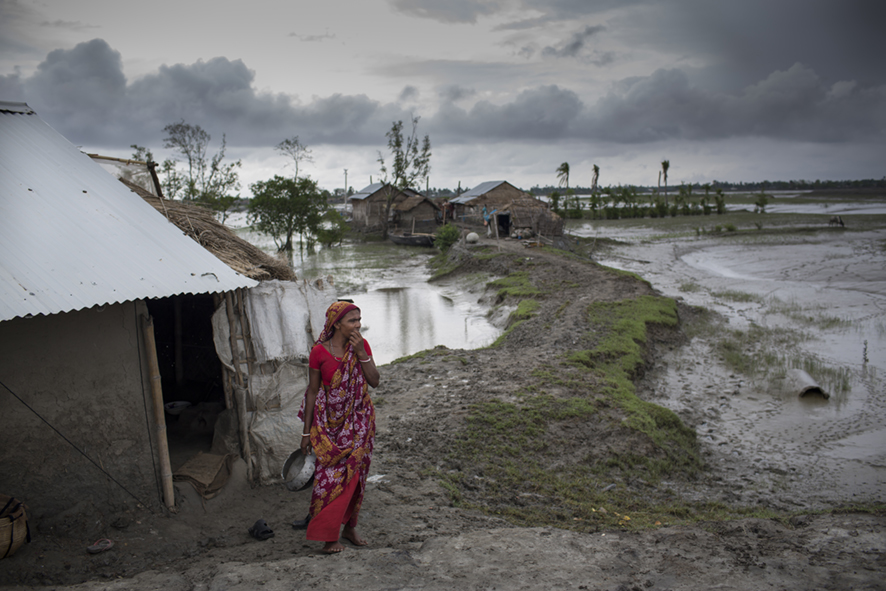
Figure 11.1 In Jaliakhali village, Bangladesh, a woman stands outside her home which was rebuilt along an embankment after being destroyed by cyclone Aila in 2009.
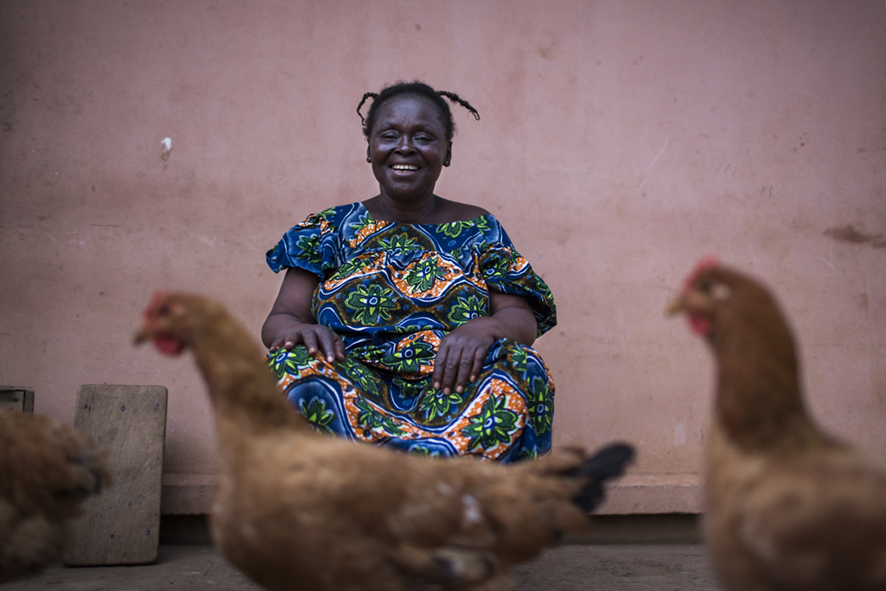
Figure 11.2 Françoise has been a mother with the SOS Childrens Village for 20 years. Françoise and her children sit outside in the evening and eat their meal due to the lack of electric power in Central African Republic. Power is very inconsistent and lasts only a few hours a day.
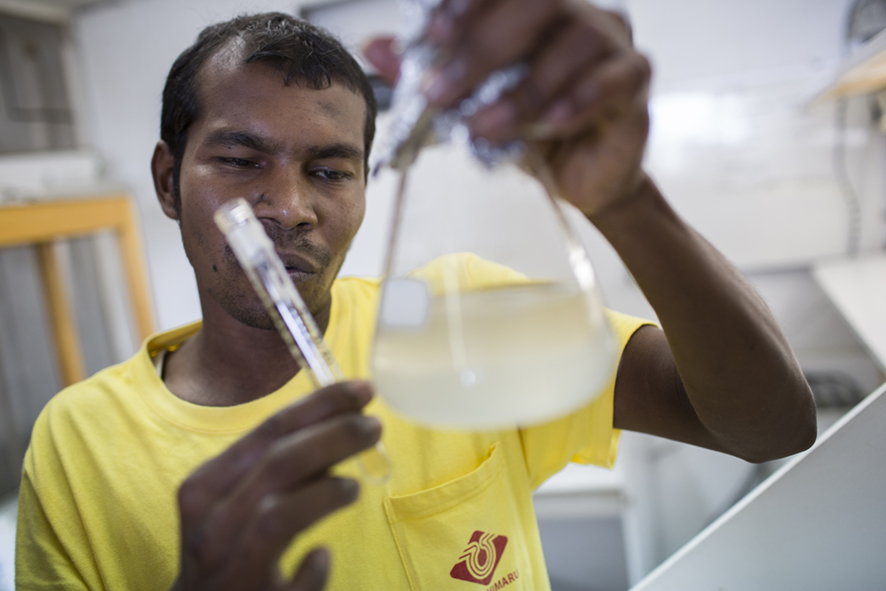
Figure 11.3 Sachin Deo works at the J. Hunter Pearls hatchery outside SavuSavu, Fiji. Sachin holds a test tube of muelleri algae before pouring it into a 500 ml flask containing seawater and nutrients; the final product will be liquid algae used to feed oyster larvae. The Australian Centre for International Agricultural Research (ACIAR) supports a pearl project in Fiji.
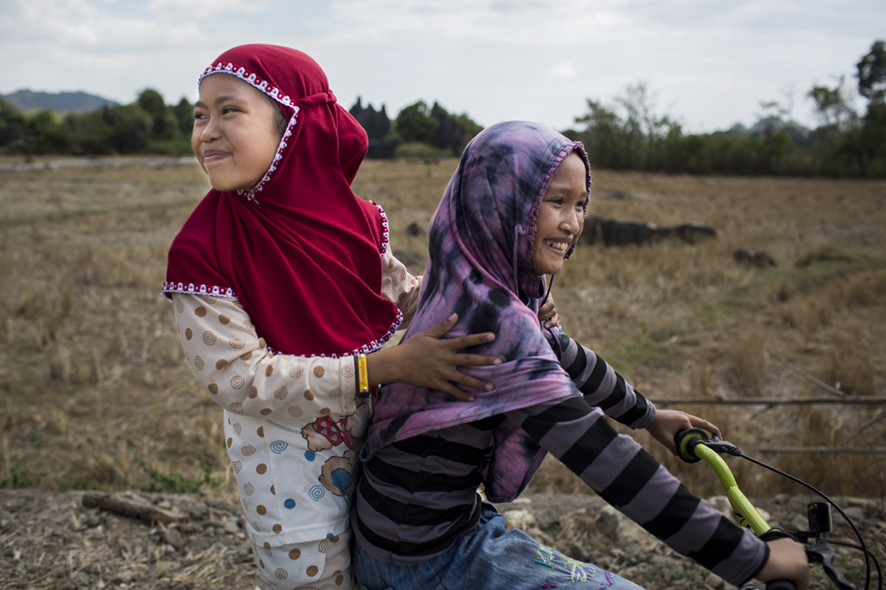
Figure 11.4 Children ride bikes along a road shadowed by large limestone rock formations in Maros District, Makassar, Indonesia.
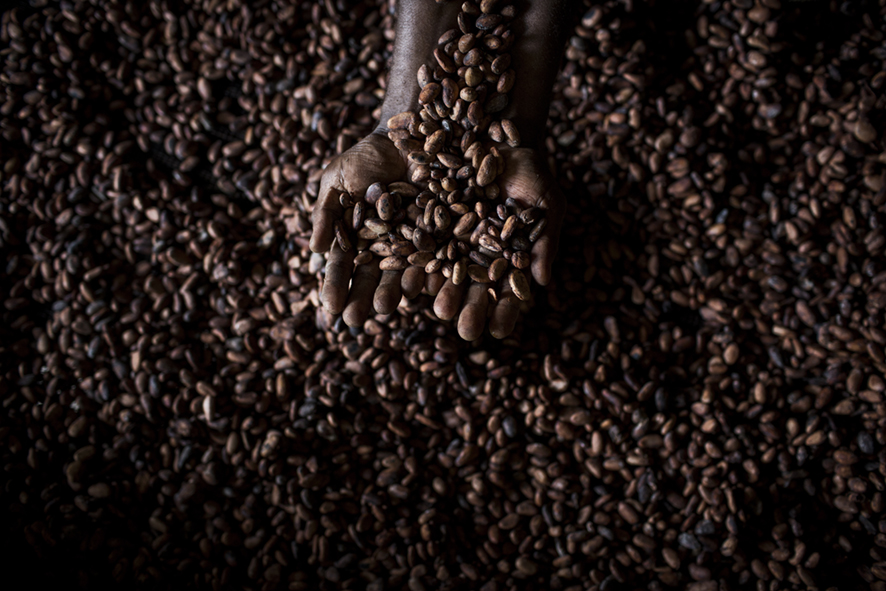
Figure 11.5 The cocoa growers co-operative help to evenly spread cocoa beans during drying. ACIAR is funding a cocoa livelihood program working with cocoa farmers to improve pre- and post-harvest techniques to ensure a higher quality of cocoa beans can be sold to niche chocolate markets. As part of the project a chocolate competition in Port Vila, Vanuatu, was held during October. Ten chocolates from ten different cocoa co-operatives around Vanuatu were tasted by a panel of judges including Australian chocolate makers. Rory Village was awarded the best chocolate and Dennis Nambith the co-operative’s president was present on behalf of his community.
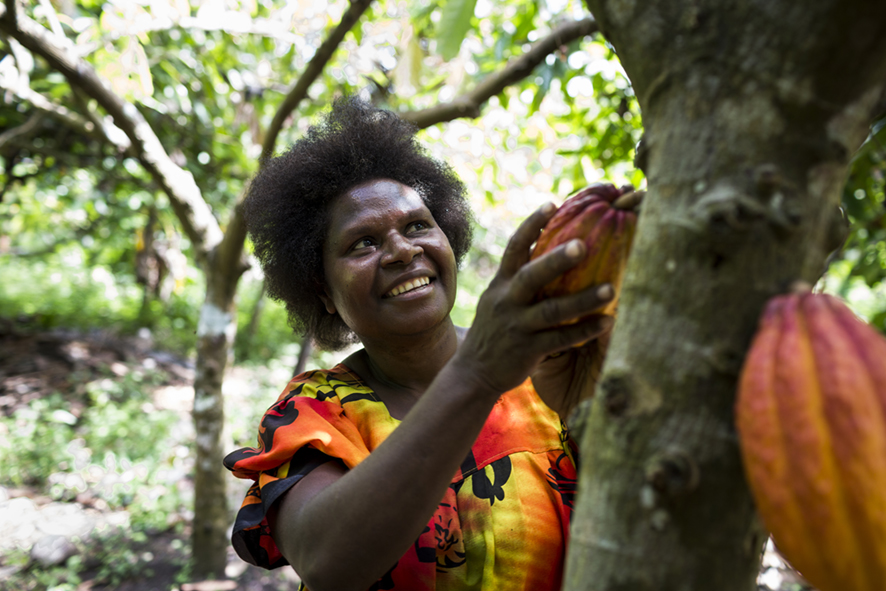
Figure 11.6 Litamat Benua, mother of four, is a proud female farmer from Bremway village on Malakula Island, Vanuatu. Litamat talked passionately about the role of female farmers with cocoa farmers. ‘Not the heavy lifting of cocoa sacks, but all other things we women can do everything men do.’ ACIAR is running two key programs in Vanuatu: the first one works to improve the livelihoods of cocoa farmers; a key part of this is to increase pre- and post-harvest farming techniques which will lead to an increased yield. The second project is focused on access to markets and aims to align Vanuatu cocoa farmers with niche chocolate makers in order to secure a higher return for their cocoa.
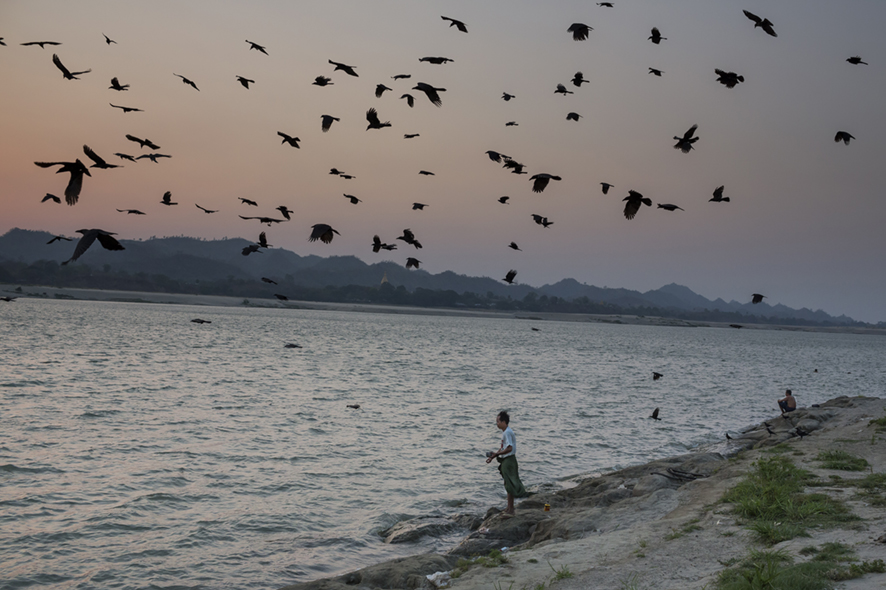
Figure 11.7 In the small city of Pyey, Myanmar, the sun sets over the Irrawady River as a man casts another fishing line and a pack of crows fly overhead.
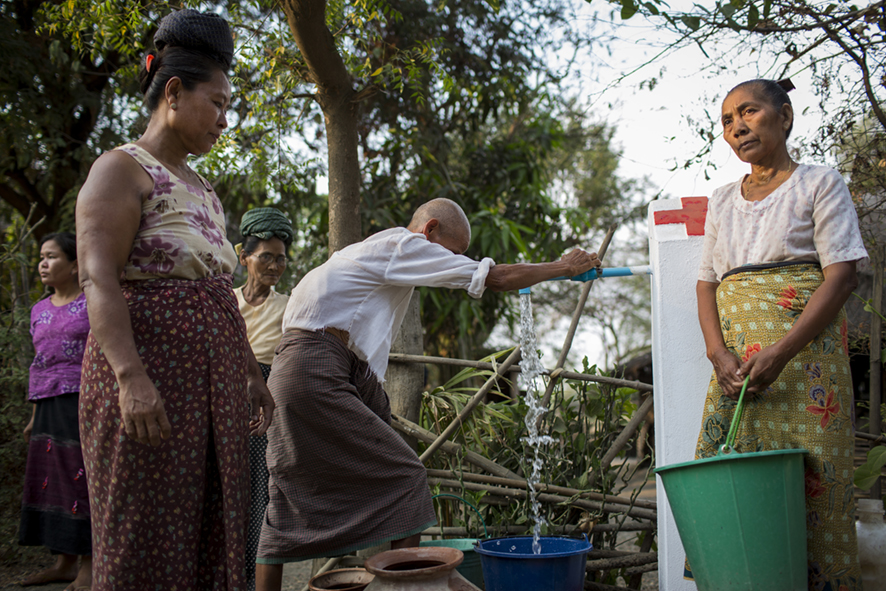
Figure 11.8 U Pho Pyae (white shirt), 74 years old, collects water from a communal water point close to his home. The Australian Red Cross in partnership with Myanmar Red Cross has been carrying out a Community Based Health & Resilience project in Yin Ywa and a number of other villages in central Myanmar, an area known as the Dry Zone, known as one of the driest and food insecure areas in the country. The CBHR project is working to educate and ensure sustainable changes to water and sanitation practices in these communities. A major part of the project is community education. After ensuring quality community education, the project then installs physical hardware, taps, tanks, toilets etc. When considering where to place communal water points the project consults the community to identify vulnerable members such as the elderly and disabled who may struggle to travel distances with heavy loads of water.
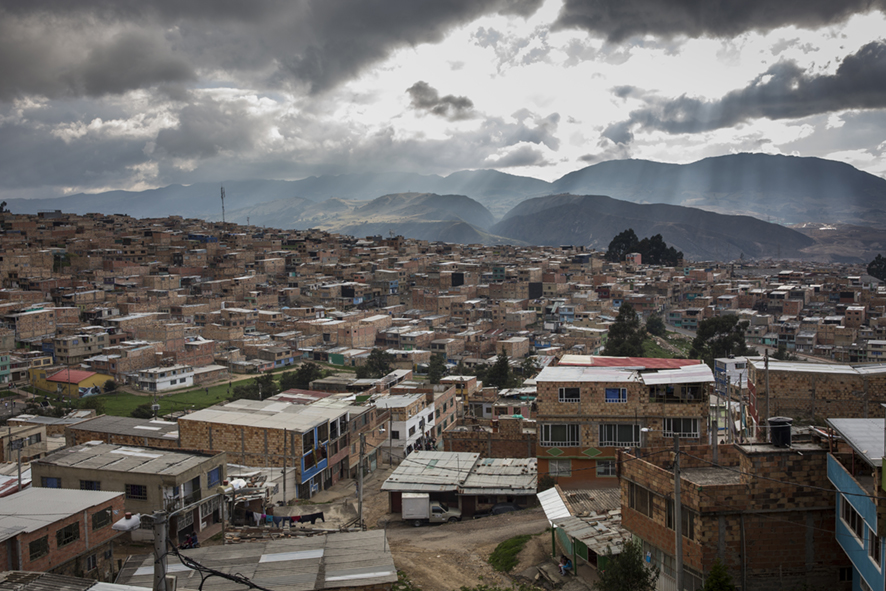
Figure 11.9 A view over the Casa Loma barrio outside Bogota, Colombia.
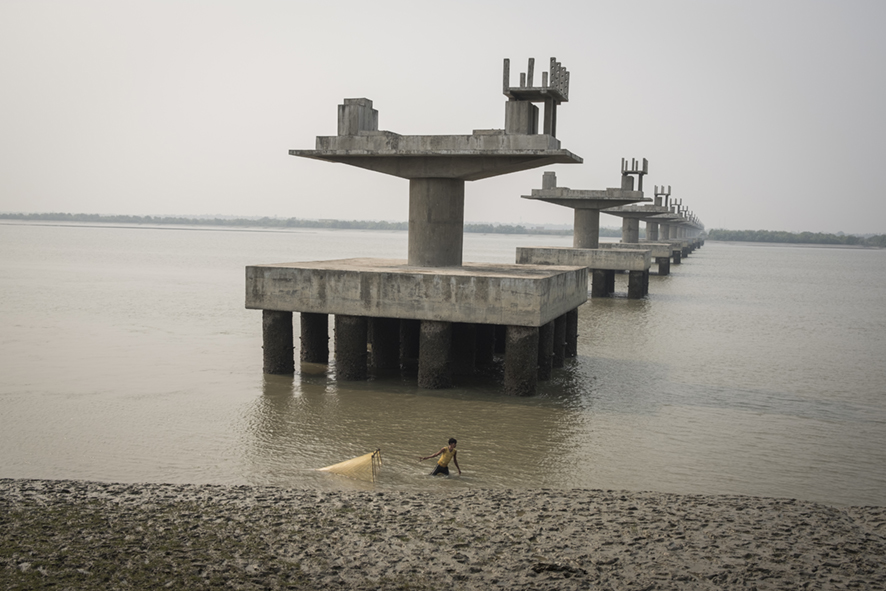
Figure 11.10 A man pulls a net catching small fish along the bank of the Hooghly River in Canning, West Bengal, India, with a half-constructed bridge crossing the river behind.
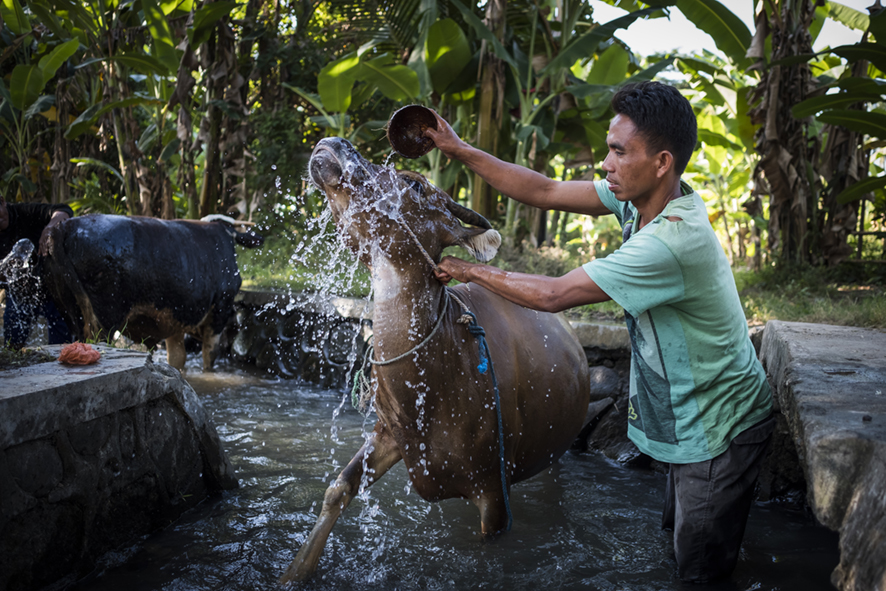
Figure 11.11 Hardiyanto, the treasurer of the cattle group in Karang Kendal hamlet, washing one of his cows in a small creek. Hardiyanto was involved with the group for six years. Hardiyanto was asked about the state of the village before the project began encouraging farmers to keep all the cattle in a communal area; he answered, ‘Oh, it was a mess before, the manure was scattered everywhere and when it rained, manure was carried by the rains everywhere, it even went to other houses. It was really messy during rainy days.’ Now that the cattle are kept in one place, breeding is also much easier, ‘We didn’t have a bull before as the cattle were scattered, not inside the cowshed; we faced difficulty in finding a mature bull for breeding. If some people had a bull, whether it was in the farm or field, we would take our cow there, so they could breed. However, now, if breeding time comes, thank God I just need to take it to the breeding shed. It was challenging before.’